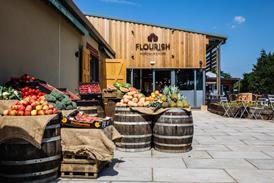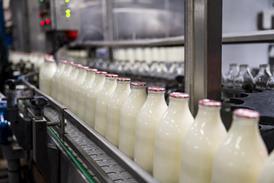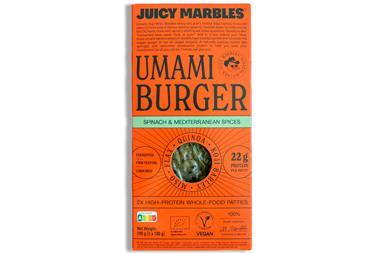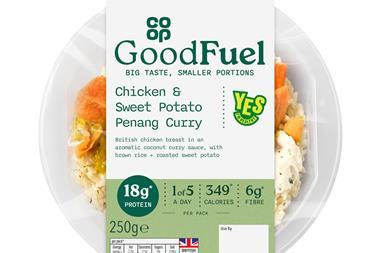There are now plenty of exciting, less familiar varieties of fresh produce on the market, but the old favourites remain the most popular with British shoppers, says Caterina Gerlotto, senior associate director at Harris Interactive Today's dinner plates offer a throwback to 70s Britain, with most consumers favouring indigenous fruit and vegetable staples over exotic options. Harris Interactive decided to find out precisely what vegetables people prefer to eat. Despite the amount of choice they have, it seems they are a conservative bunch. A survey of 2,000 adults indicated the potato was eaten the most (87%), closely followed by carrots (80%) and onions (76%). These old-school shopping baskets also contained plenty of bananas (the number one fruit at 71%) and apples (number two at 61%). So who is eating the more unusual superfoods? Hedonistic young things? Actually, no. For all but two of the 23 fruits listed, those over 55 were eating significantly more melons, raspberries, blueberries, grapefruits and apricots than their younger counterparts. We asked if people were eating more of a particular fruit or vegetable. Just 25% said they were, with no significant age variations. Bananas and apples again featured at the top - perhaps an indication of an increased effort to eat 5-a-Day - but blueberries did appear in third place (4%). While conservatism prevails, the 5-a-Day message is getting through loud and clear. When we asked how many portions of fruit people had eaten each day over the past few days, the mean number was seven. This suggests today's consumer is making a conscious effort to eat more healthily. Twenty per cent indicated they were eating more of certain vegetables - broccoli (1%), carrots (2%), sweetcorn (3%), and sweet potato (4%) - all fairly significant sources of vitamin C. The 55+ year-olds might take most of the plaudits for their healthy habits, but what are 16 to 24-year-old consumers eating? They, too, are predominantly eating apples and bananas, but they are also the age group eating the most oranges on a regular basis. Perhaps this is because they (wrongly) perceive oranges to be the fruit to have the highest vitamin C content per 100 grams (57%). Some 42% of the total sample surveyed are supplementing their diets with vitamins and/or minerals, the most popular being cod liver oil (19%). Multivitamins (16%) and vitamin C (11%) follow, although this figure rises to 16% among the apparently nutritionally confused 16-24 year olds.
Close menu
- Home
- Retail & Wholesale
-
Products & Suppliers
- Back to parent navigation item
- Products & Suppliers
-
Product Categories:
- Back to parent navigation item
- Product Categories:
- Alcoholic drinks
- Bakery
- Cereals & breakfast
- Cheese
- Chicken & poultry
- Chocolate
- Confectionery
- Crisps, nuts & snacks
- Dairy
- Fish
- Fresh produce
- Frozen
- Household
- Meat
- Own Label
- Sauces & condiments
- Seasonal
- Soft drinks
- Vaping
- Vegan & plant-based
- World foods
- Suppliers
- People
- Reports & Data
-
Topics A-Z
- Back to parent navigation item
- Topics A-Z
-
Popular topics:
- Back to parent navigation item
- Popular topics:
- Cost of living crisis
- Crime
- Deposit Return Schemes
- Finance
- Government & Regulation
- Health
- Inflation
- Loyalty
- Marketing
- Mergers & Acquisitions
- New Product Development
- Sourcing
- Supply chain
- Sustainability & environment
- Technology
- Ultra Processed Foods
- Vaping
- A-Z all topics
- Content by type:
- Events
- Ask iA (beta)
- Subscribe now
Sign in to comment on this article
Not logged in before? Register for FREE guest access today.
You will be able to:
- Read more stories
- Receive daily newsletters
- Comment on stories
Advert

















No comments yet